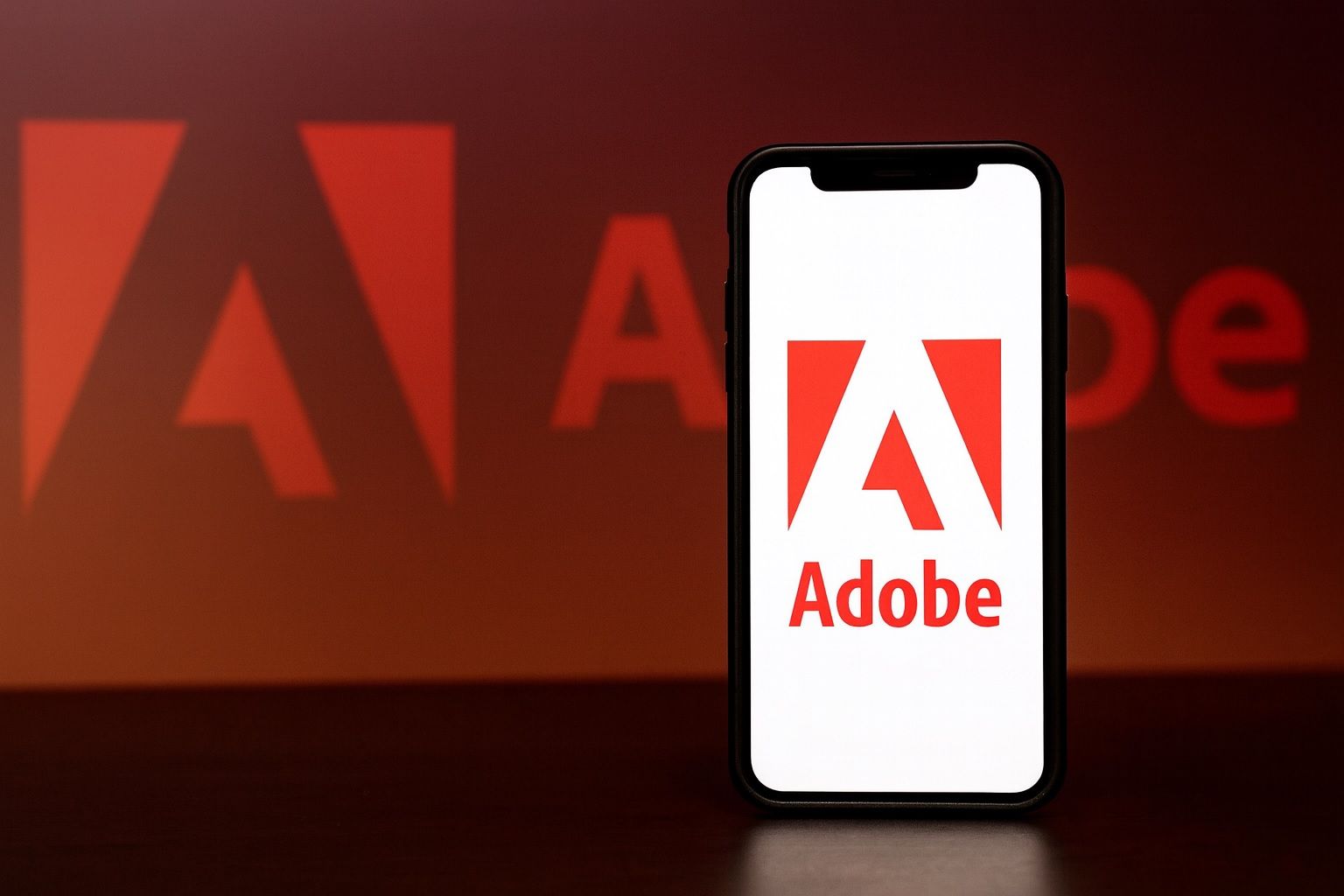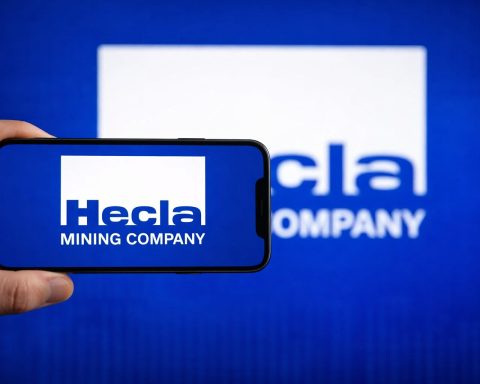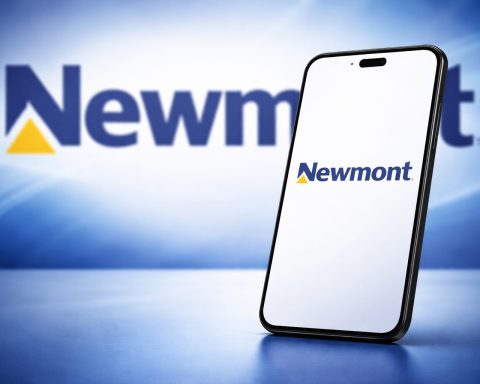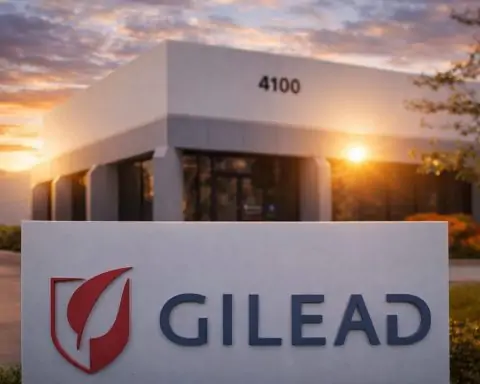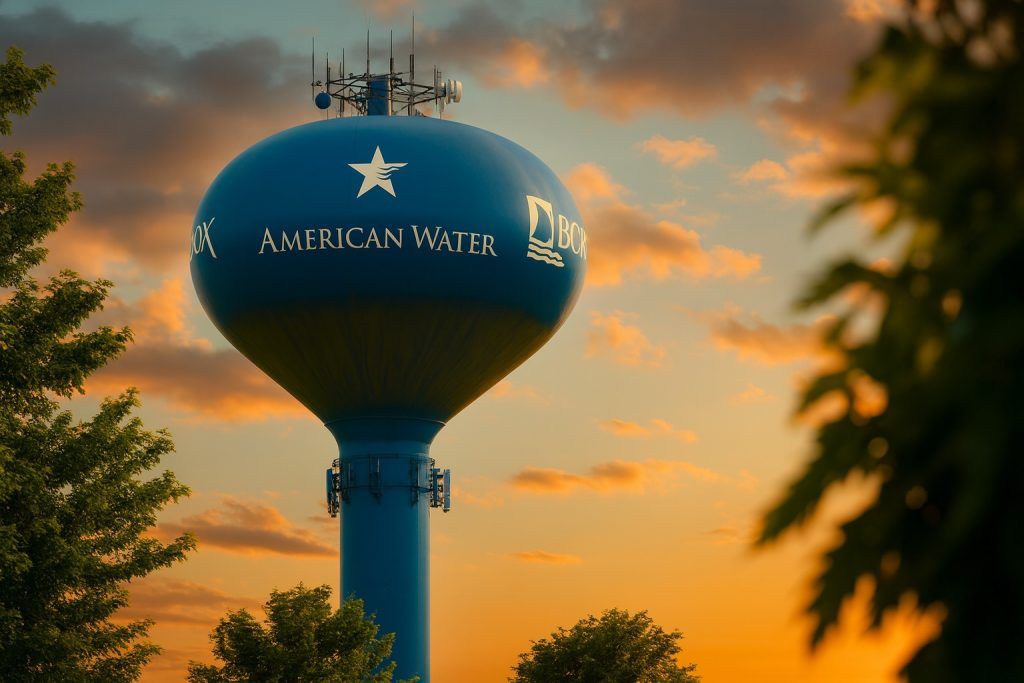- New Adobe AI Foundry: Adobe on Oct. 20, 2025 launched Adobe AI Foundry, a consulting service that co-develops custom generative AI models trained on a company’s own IP. The models (for images, video, 3D, text, etc.) are built on Adobe’s Firefly AI and promise “pixel-perfect, brand-protected” content [1] [2]. Enterprises work with Adobe’s AI scientists to create and fine-tune these bespoke models, aiming to scale on-brand creative production [3].
- Enterprise Adoption: Disney Imagineering and Home Depot are early Foundry clients. Home Depot CMO Molly Battin says Adobe’s Foundry “represents an exciting step forward” to deepen digital engagement with AI-driven content [4]. Adobe positions Foundry as a new revenue stream as businesses move from AI experimentation to deploying tailored AI at scale [5] [6].
- Broader AI Moves: Other tech giants are similarly integrating AI. Microsoft added a “Hey Copilot” voice assistant and expanded vision-AI in Windows 11 [7]. Google Cloud introduced Gemini Enterprise on Oct 9, 2025 – “the new front door for AI in the workplace” [8] – to embed Google’s Gemini models across business workflows. Lenovo rolled out “AI-enabled” PCs and services, noting IDC data that generative AI already delivers “$4 in return for every $1 invested” and that “agentic AI” could double workforce productivity by 2027 [9] [10].
- Adobe Stock & Analysts: Adobe (NASDAQ: ADBE) shares trade around $333 on Oct. 20 (flat on the day) [11]. Wall Street is mixed: Adobe’s strong fundamentals keep many bullish (mean 12-month price target ~$460 [12]), but Morgan Stanley recently warned that GenAI monetization is “lagging initial investor expectations” [13] [14], cutting its price target to $450. The stock trades at ~15× earnings, which Morgan Stanley calls “compelling value” if AI catalysts arrive [15]. Analysts’ forecasts range widely (bear ~$280 to bull ~$590) reflecting this uncertainty [16].
- SEO & AI Search: Meanwhile, marketers are racing to adapt. A SearchEngineLand guide on “Large Language Model Optimization (LLMO)” notes that AI-powered search is exploding – AI-search visitors convert about 4.4× better than traditional search users [17]. LLM-generated answers are projected to deliver as much business value as classic search by 2027 [18]. Brands are therefore optimizing content to get mentioned in AI answers, an emerging strategy alongside traditional SEO [19].
- New AI Products: Adobe also rolled out Acrobat Studio, adding AI “knowledge hubs” to PDFs. Users can upload documents and chat with AI tutors that answer questions or summarize content. Adobe VP Abhigyan Modi calls it “reinventing PDF for modern work” [20]. In the 3D space, NVIDIA’s Edify AI (licensed with Getty/Shutterstock data) now integrates with Adobe Firefly/Creative Cloud [21], demonstrating how Adobe’s tools plug into wider AI pipelines.
Adobe’s AI Foundry: Custom Generative Models for Brands
Adobe’s new Foundry service is designed for enterprises seeking tailor-made AI. Built on the Firefly foundation models (launched in 2023), Foundry fine-tunes AI using a customer’s own logos, design assets and data. Adobe says the resulting models produce “pixel-perfect, brand-protected” images, video and other media [22]. Hannah Elsakr, Adobe’s VP of GenAI New Business Ventures, explains:
“AI Foundry unites years of Adobe innovation and expertise … to help businesses solve today’s most complex content and media production challenges.” [23]
By working directly with Adobe’s AI scientists, brands can rapidly generate branded campaigns. Elsakr notes that companies can create one ad concept and then automatically generate it in different seasons, languages or formats – keeping the brand in the hand of the consumer in an on-brand way [24] [25].
Early partners include Walt Disney Imagineering and The Home Depot, who are using Foundry to scale customer engagement. As Home Depot’s CMO Molly Battin says, “We are always exploring innovative ways to enhance our customer experience and streamline our creative workflows. Adobe’s Foundry Services represent an exciting step forward in embracing cutting-edge technologies to deepen customer engagement” [26]. In short, Adobe is pitching Foundry as a full-stack AI creative partner for major brands.
Other Big Tech AI Moves
Adobe’s launch comes amid a flurry of AI initiatives from other tech leaders. On Oct. 16, Microsoft rolled out Windows 11 updates to make its Copilot assistant more natural – e.g. a “Hey Copilot” voice wake-word and expanded Copilot Vision image analysis [27]. Microsoft’s Yusuf Mehdi (Chief Marketing Officer) said the goal is making “AI [happen] not just in that chatbot, but …integrated into the hundreds of millions of experiences that people use every day” [28].
Google is also deepening enterprise AI. On Oct. 9, Google Cloud CEO Thomas Kurian unveiled Gemini Enterprise, calling it “the new front door for AI in the workplace” [29]. The platform brings Google’s Gemini models and AI agents across business apps and workflows, with built-in security and governance.
Meanwhile, hardware and infrastructure players are pushing AI too. NVIDIA announced on Aug. 24 that its new RTX-5080-class Blackwell GPUs (for cloud gaming and other workloads) will power ultra-high-framerate streaming at 5K/120fps [30]. NVIDIA’s Picasso platform uses its Edify models (trained on licensed image data) to generate 3D and visual content. Notably, Edify is integrated with Adobe Firefly/Creative Cloud and Omniverse [31], reflecting a strategy of embedding NVIDIA AI into creative pipelines rather than consumer apps.
Adobe’s AI Ecosystem Expands
Adobe isn’t stopping at Foundry. It has been quietly adding AI features across its product line. In late August, Adobe launched Acrobat Studio, an “AI-powered knowledge hub” for documents. Users can create “PDF Spaces” of related files and chat with generative AI that summarizes or extracts insights [32]. Abhigyan Modi, Adobe VP for Document Cloud, touted it as “reinventing PDF for modern work”, uniting PDFs with creative tools and AI [33].
And on the 3D front, Adobe’s ecosystem gains momentum: as noted above, NVIDIA now incorporates Adobe’s Firefly models into its AI content platform [34]. Likewise, Adobe’s Firefly (trained on licensed images) competes with generative features from Google and startups. All this highlights Adobe’s dual strategy: invest in internal generative tools and partner with other AI initiatives to lock in its creative software customers.
Marketing, Search and SEO in the AI Era
Generative AI is reshaping not just products but marketing strategy. Companies know that Google and other search engines are now delivering AI-generated answers. A new Search Engine Land guide on LLMO (Large Language Model Optimization) reports that AI-driven search is surging – and visitors coming from AI overviews convert about 4.4× better than normal search traffic [35]. By 2027, AI-generated search is expected to drive as much business value as traditional search [36]. In practice, this means brands are adapting their content (LLMO) to ensure they get mentioned and cited by chatbots and AI summaries. In short: even SEO and digital marketing now have to account for generative AI.
Stock Reaction and Analyst Views
After the Foundry announcement, Adobe stock (NASDAQ: ADBE) trades near $333 as of Oct. 20 [37]. The shares were little changed on the day, but have been volatile over the year (52-week range ~$328–558 [38]). Investor reactions are mixed. Many analysts remain bullish on Adobe’s AI-driven growth. For example, a recent Benzinga analysis notes Adobe maintains a “Buy” consensus with an average price target of $460 [39], suggesting upside from current levels. The firm points out Adobe’s 35% of Photoshop users already embrace generative features, and the company’s 2025 revenue (Q2 $5.87B) is healthy, with strong margins [40].
On the flip side, some Wall Street strategists urge caution. In late Sept., Morgan Stanley cut Adobe to “Equal-weight” (vs. Overweight) and trimmed its price target to $450 [41]. The analysts noted that “direct ‘Gen AI’ monetization has lagged initial investor… expectations” [42]. In other words, Adobe’s big AI push hasn’t (yet) translated into obvious revenue gains, and competition from Canva, Google, Meta etc. is intensifying. Morgan Stanley still acknowledges Adobe’s core value (the stock trades at ~15× earnings [43]), but it warns that if AI-driven growth doesn’t materialize soon, the stock will languish.
Outlook: Experts Weigh In
Industry leaders remain generally optimistic about AI’s potential in the creative enterprise. As Rakshit Ghura, Lenovo’s digital workplace GM, puts it, “Agentic AI is more than a technology shift, it’s a workforce shift… [we’re] helping organizations turn industry projections into real outcomes” [44]. Tom Butler of Lenovo adds: “Every employee benefits from devices that learn and adapt to how they work… Lenovo AI PCs redefine the experience – faster, safer, and more intuitive” [45]. Similarly, Adobe’s Elsakr emphasizes that generative AI “gives you tools in the toolkit that elevate your ability to tell a story” [46] – a nod to the company’s message that AI augments, not replaces, human creativity.
In summary, Adobe’s AI Foundry is a bold play to monetize its vast creative ecosystem by embedding itself in enterprise workflows. If companies can indeed generate more on-brand content cheaply, Adobe could capture a significant slice of the booming enterprise AI budget. The stock’s future may hinge on how quickly AI investments pay off. For now, analysts are split: some see deep value in Adobe’s entrenched business and AI roadmap, while others urge prudence until AI’s revenue impact is proven. Investors and businesses alike will be watching closely as this new chapter of “brand-specific AI” unfolds [47] [48].
Sources: Adobe’s launch was covered by TechCrunch and Investing.com [49] [50]. Financial data and analyst commentary from Reuters/Investing.com [51] [52]. Industry context from Lenovo and Google press releases [53] [54] and SEO trends from SearchEngineLand [55]. Additional analysis and quotes from ts2.tech articles [56] [57].
References
1. www.investing.com, 2. techcrunch.com, 3. www.investing.com, 4. www.investing.com, 5. www.investing.com, 6. www.investing.com, 7. www.reuters.com, 8. cloud.google.com, 9. news.lenovo.com, 10. news.lenovo.com, 11. www.reuters.com, 12. www.benzinga.com, 13. www.investing.com, 14. www.investing.com, 15. www.investing.com, 16. www.benzinga.com, 17. searchengineland.com, 18. searchengineland.com, 19. searchengineland.com, 20. ts2.tech, 21. ts2.tech, 22. www.investing.com, 23. www.investing.com, 24. techcrunch.com, 25. www.investing.com, 26. www.investing.com, 27. www.reuters.com, 28. www.reuters.com, 29. cloud.google.com, 30. ts2.tech, 31. ts2.tech, 32. ts2.tech, 33. ts2.tech, 34. ts2.tech, 35. searchengineland.com, 36. searchengineland.com, 37. www.reuters.com, 38. www.reuters.com, 39. www.benzinga.com, 40. www.benzinga.com, 41. www.investing.com, 42. www.investing.com, 43. www.investing.com, 44. news.lenovo.com, 45. news.lenovo.com, 46. techcrunch.com, 47. www.investing.com, 48. www.investing.com, 49. www.investing.com, 50. techcrunch.com, 51. www.reuters.com, 52. www.investing.com, 53. news.lenovo.com, 54. cloud.google.com, 55. searchengineland.com, 56. ts2.tech, 57. ts2.tech
